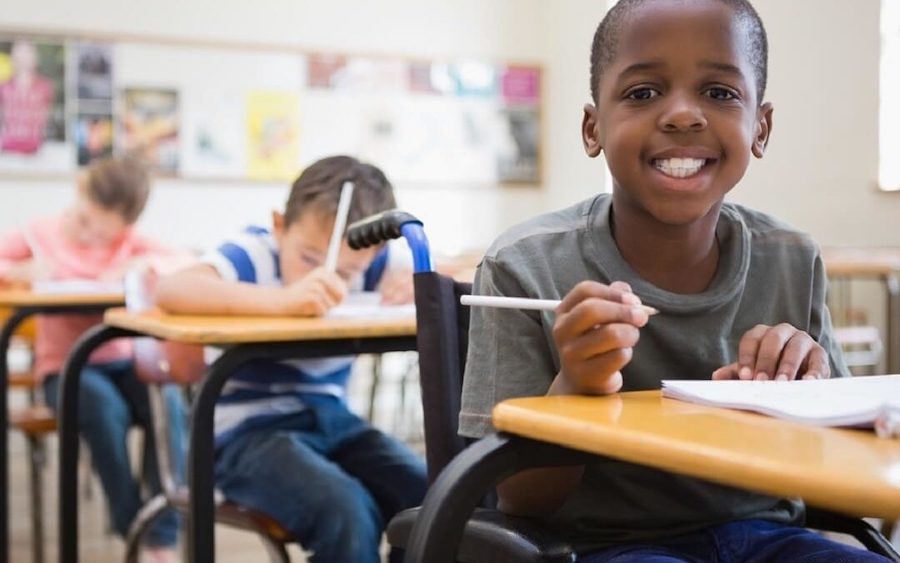
Beat the Heat with Outdoor, Water-Based Educational Activities
As summer approaches, the desire to venture outside often increases. Warm sun streaming through windows beckons students to put on sunscreen and head out!
Get outside and stay cool with these fun, educational activities. Beat the heat with water-based outdoor fun! Splish, splash!
EXPERIMENT WITH BUOYANCY AND DENSITY: SCIENCE
This science-based activity encourages students to explore outdoor spaces while learning about local flora and fauna. The materials gathered for this student-led experiment allow hands-on learning and sensory play.
Take students outside to a natural area or park, and have them collect natural items to test each item’s buoyancy and density.
- For an open-ended collection of items, go on a nature walk with students.
- If you want students to collect the same items, provide a list, and ask students to collect one item from each category.
Group students in pairs or larger groups, and encourage them to find items of varying sizes, colors, textures, weights, and lengths. As students locate leaves, plants, flowers, sticks, twigs, rocks, and other natural items, tell them to check with an adult to be sure the items are safe to collect.
After the natural items have been gathered, have students inventory and identify what they found. Next, ask students to predict or hypothesize whether each item (or category of items) will float (buoyant) or sink (dense). Using a flat, shallow container filled with water, allow students to gently drop in items one at a time while the class observes and records the results. When the experiment is complete, compare students’ predictions to the results.
SPLASH BALL SCORE: MATH
This math-based game helps students practice math facts and build hand-eye coordination — with a splash.
Using sidewalk chalk, rope, or duct tape, create a BINGO-style grid or a dart-style target on an open, paved area outdoors. Create as many grids or targets as needed for students to play as a whole class, in small groups, or in pairs. In each space on the grids or targets, write a different number that relates to a math fact. Refer below for examples. Draw a line for students to stand behind when they throw.
Take the class outside. Give each group or pair a bucket or container of water and a few splash balls. (Splash balls are balls designed for water play.) If desired, have a few towels available.
For each throw, students should aim at the grid or target and try to land the splash ball on a numbered space. If the ball doesn’t land on a numbered space, no points are awarded. If the splash ball lands on a numbered space, students should say an equation that equals the number. For example, if a student lands on 4, correct equations (depending on grade level) may include:
- 3 + 1 (addition)
- 6 – 2 (subtraction)
- 2 x 2 (multiplication)
- 12 ÷ 3 (division)
If a student says a correct equation, the points for that turn are equal to the number the splash ball landed on. Record the points awarded for each turn. The group or pair with the highest total at the end of the game wins!
SPONGE SPELLING SCRAMBLE: ELA
In this literacy-based game, students use critical thinking skills and spell words based on letters they collect.
Cut sponges into halves or fourths. Use a permanent marker to write letters on the sponge pieces. Write the same letter on each side of the sponge pieces, or write a different letter on each side to provide more options. Be sure the letters will allow students to spell many words they know.
Fill tubs or small kiddie pools with water. Place the alphabet sponges in the water. If desired, have a few towels available.
Take the class outside. Arrange students equal distance around the tubs or pools. Students can work in pairs or individually. Have students take turns collecting sponges using their hands or small fishing nets while remaining at their designated spots. Allow each student or pair to collect 5-10 alphabet sponges.
Provide a clipboard, paper, and pencil for each student or pair. Tell students to write as many words as they can think of that can be spelled with the letters they collected. After the lists are complete, check to be sure the words are spelled correctly, and record the points awarded. The individual or pair with the most words wins! Place the alphabet sponges back in the water to play another round.
These educational games are sure to make practicing science, math, and literacy skills a splash!
The Walkabouts platform was created to help kids move more — and learn more! Walkabouts are simple-to-use, cost-effective active learning lessons that help teachers, schools, districts, and parents bring educational standards to life in fun, interactive ways. Check out the Walkabouts subscription that’s right for you!





